Review: ‘Autumn in Venice’ by Andrea di Robilant
NONFICTION: Ernest Hemingway fell hard for a Venetian teenager, and she inspired him to write one of his greatest works. By Dennis J. McGrath Star Tribune JUNE 15, 2018 — 10:43AM

ASSOCIATED PRESSWhile in Venice with his wife, Mary, in 1948, Ernest Hemingway became entranced with teenager Adriana Ivancich.TEXT SIZEEMAILPRINTMORE
The first great work of literature I read as a youngster was “The Old Man and the Sea,” the Pulitzer Prize-winning novella about an aging, down-on-his-luck Cuban fisherman’s battle with a noble giant marlin.
Ernest Hemingway wrote it, of course, but we have Adriana Ivancich to thank for it. She was a striking 18-year-old Venetian whom Hemingway fell for during a 1948 trip to the romantic Italian city, and the relationship inspired him to write one of his greatest works.
Though the relationship apparently was platonic, it was no less smoldering and all-consuming for Hemingway, as his letters — written in the language of lovers — document.
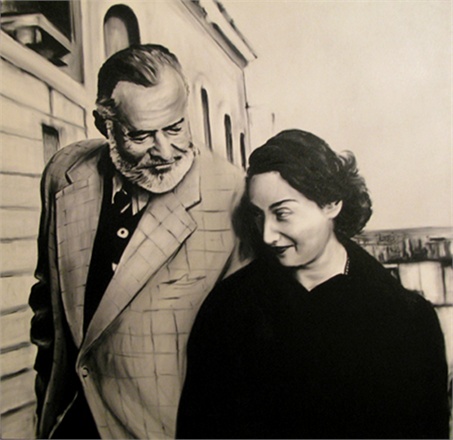
Hem and Adriana 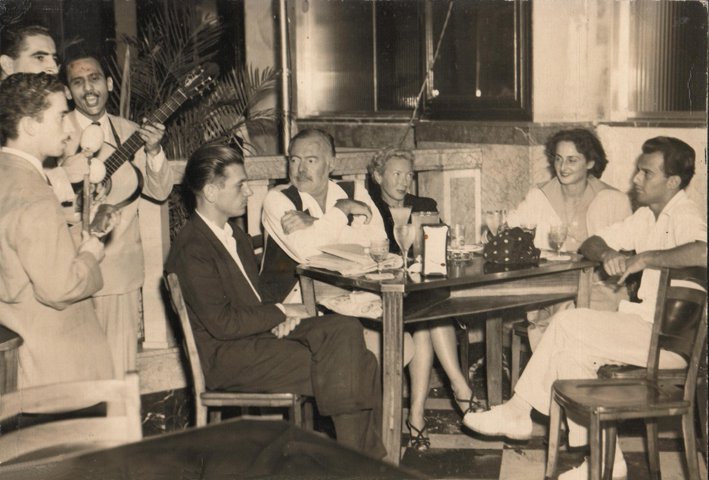
Hem with Mary and Adriana 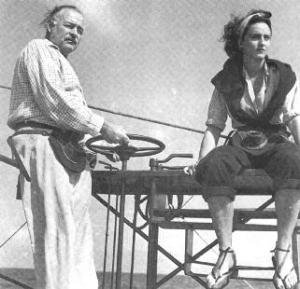
on his boat with Adriana 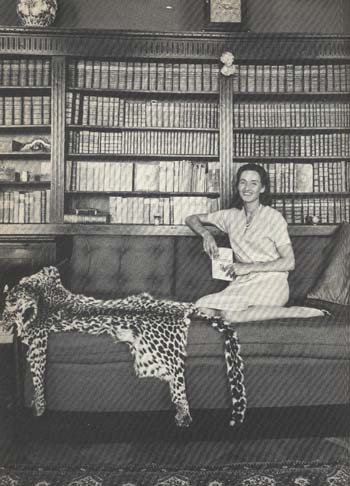
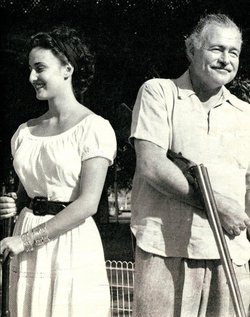
“When I see you and am with you I feel I can do anything and I write better than I can write,” he said in one letter. “When I am away from you I do not give a damn, really, about anything.”
When Hemingway and Ivancich’s paths crossed on a rainy night at a crossroads near Venice, he hadn’t published a novel in eight years and seemed washed up as a writer. He was more than twice her age — she 18, he 49 — and, as was his peculiar habit with other young women, he called her “daughter” even as he romanced her.
The two were inseparable in Venice, with drinking bouts at Harry’s Bar and gondola rides on the Grand Canal.
If Ivancich gets credit for “The Old Man and the Sea,” then she must also take the blame for “Across the River and Into the Trees.” The latter novel came first, and Hemingway modeled one of the central characters, Renata, after Ivancich. It is not only Hemingway’s worst novel but a truly and honestly awful work of fiction.
Nearly two years after they met, and following additional meetings in Venice again and in Paris, Ivancich and her mother paid a monthslong visit to Finca Vigía, Hemingway’s Havana home. In a three-story structure — called the White Tower — that had been built on the property as a refuge where Hemingway could work, he wrote every morning on the second floor while Ivancich sketched and painted on the floor above. “The tower became their private little world,” Andrea di Robilant writes in “Autumn in Venice: Ernest Hemingway and His Last Muse.”
“He kept telling himself, and others, that he was writing the best he could to please Adriana.”
The result was “The Old Man and the Sea,” which won a Pulitzer Prize in 1953 and a year later secured him the Nobel Prize in literature.
Ivancich’s connection to Hemingway has long been known. It was mentioned by Carlos Baker in his foundational 1969 biography of Hemingway, though he glossed over the relationship. And Mary Welsh Hemingway, his wife at the time, described one scene in which “Adriana presented herself, youthfully excited and vivacious, to shake up Ernest’s heart a bit more.” What’s more, Ivancich wrote in detail about it in her own 1980 memoir, “La Torre Bianca” (The White Tower), where she revealed that Hemingway told her he would ask her to marry him if he didn’t already know that she’d say no.
But “Autumn in Venice” is a deep dive into their relationship — and by extension, Hemingway’s boorish, nasty behavior and his despicable treatment of his wife.
After “The Old Man and the Sea,” Hemingway never published another book before his suicide in 1961. Sadly, the Hemingway family suicide curse touched Ivancich, too.
Dennis J. McGrath is deputy digital editor at the Star Tribune.
Autumn in Venice
By: Andrea di Robilant.
Publisher: Alfred A. Knopf, 348 pages, $26.95.

It’s curious that I loathe the “fish book” (as I call it) and loved “Across the River…”
I haven’t read the book but having read up on the two a bit, I ‘m not so sure that Adriana wasn’t also in love with Hemingway but just couldn’t admit it out of some sense of imagined self-poise. Though the daughter aspect of Hemingway’s psyche is quite creepy.
Dear Count/William: Interesting. I put off reading “Across the River” and when i did i didn’t think it was bad at all. I “get” the sentiment but i am not offended by sentiment and i did come to like the Colonel. Some histories say Adriana slept with Hemingway’s young man of the house and it pained him greatly as he suspected. Who knows? THANK YOU so much for writing and sharing your thoughts. It is so greatly appreciated and i learn a lot from all of you. Happy New Year. Best, Christine